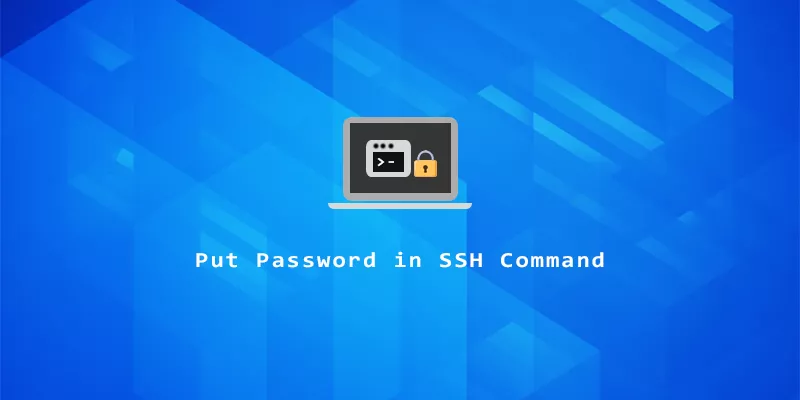It’s possible to supply a password in an SSH command with the sshpass utility on Linux. This guide will show how to install sshpass and then go over the correct command syntax for putting a password into the SSH command.
Install sshpass on Linux
Install the sshpass tool with your system’s package manager by using the appropriate command below.
Ubuntu, Debian, and Linux Mint:
$ sudo apt install sshpass
Fedora, AlmaLinux, CentOS, and RHEL:
$ sudo dnf install sshpass
Arch Linux and Manjaro:
$ sudo pacman -S sshpass
sshpass Command Syntax
Now that sshpass is installed, you can use the following syntax to supply your password in the SSH command:
$ sshpass -p my_password ssh user@hostname
If your password contains special characters, try putting single or double quotes around it.
$ sshpass -p 'my_p@$$word' ssh user@hostname
A more secure way of using sshpass is by creating a text file that contains your password, and putting proper permissions on it so that only your user can view its contents.
$ echo "password" > ~/.sshpass.txt $ chmod 400 ~/.sshpass.txt
Now we can reference this file from our SSH command whenever we want to specify the password.
$ sshpass -p $(cat ~/.sshpass.txt) ssh user@hostname
sshpass is also compatible with other utilities that utilize SSH. For example, you can use sshpass with rsync:
$ sshpass -p my_password rsync -ae ssh /src/ user@hostname:/dst/


